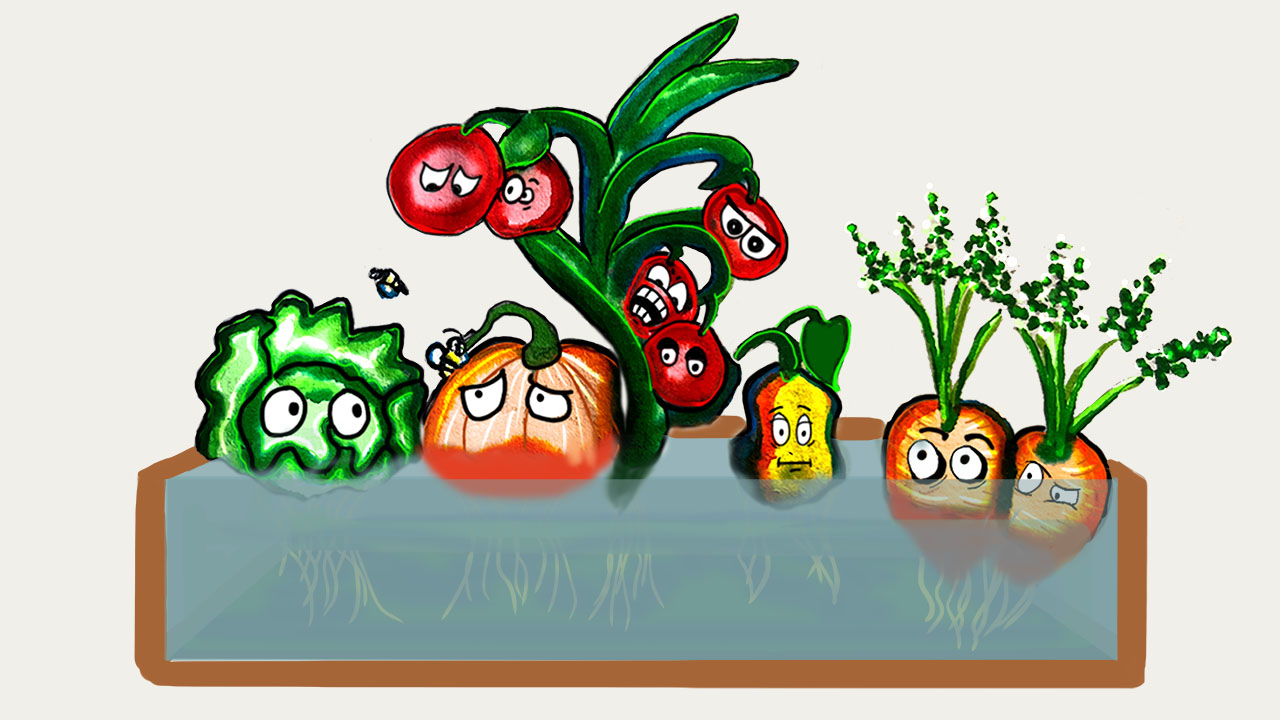London Food Bank’s plan to tackle food insecurity
 CREDIT: CALEIGH REID
CREDIT: CALEIGH REIDAt the London Food Bank, food farming is evolving with the addition of a shipping container that will be used to grow vegetables all year long.
At the London Food Bank, food farming is evolving with the addition of a shipping container that will be used to grow vegetables all year long. The London and District Construction Association (LDCA) has donated a 12-metre container that will be equipped to grow plants in a water-based fertilizer solution rather than in soil. According to the co-director at the Food Bank, Glen Pearson, this project will provide fresh vegetables more consistently and stably for people.
“We kind of pioneered things around the greenhouse at the beginning of the pandemic, but as we moved along, we learned more about containers and realized they were more productive,” Pearson said.
Pearson said the food containers will work 24/7 and are “pretty sustainable and environmentally friendly.”
“Instead of soil, the container would use a water-based fertilizer. That is just water that is put through it, and the nutrients are put in it,” Pearson said.
He said that apart from the water-based fertilizer system, the conditions for growing vegetables will be better and more controlled, resulting in much bigger and healthier vegetables.
“What would typically grow on three and a half acres of land can be grown in a container,” Pearson said.
He added that they have reached a point where the demand is significantly higher than the supply.
“Food banks across the country are closing,” Pearson said. “Right now, we are dependent on the donation system, on the generosity of citizens and companies and organizations, but even with that, we have reached the point where we cannot keep up anymore.”
Pearson said communities should start growing vegetables internally to make more food available for themselves. He added that this is not just about greenhouses or containers, it is about London, because most of the food produced around London does not even come here.
“Even though some of the best farmland surrounds us, the food produced goes elsewhere worldwide,” Pearson said. “We are becoming more food insecure as a community.”
He said southwestern Ontario only has four per cent of the growing land in Canada but produces almost 25 per cent of the food in the country.
“This year, Canada will export $98 billion worth of food to the rest of the world. But we cannot feed our cities. So that is something we are attacking directly with the food containers project called Farm in a Box,” Pearson said.
Pearson said that many people who donate to food banks can no longer afford food, and grocery stores are struggling. He added that the way to beat that is to have a competitive model that runs using local food supplies that citizens can grow their own.
“Companies can work with those groups using containers in greenhouses, and they can start getting that food into the city,” Pearson said.
He said that there have been disruptions to the food banks at Fanshawe and Western lately because of the demand. That is one of the reasons why that demand has gone up, and food prices are going up.
“Both of those institutions have a significant global student population. And the reason why the London Food Bank itself is swamped with students coming in from Fanshawe is for that very reason,” Pearson said.
Pearson said the best way to beat food insecurity is to have food security, which means affordable food for all.
“The more food that we can produce and bring into London, the cheaper that food will become and the more options people will have,” Pearson said. “The food containers are just the start.”

















